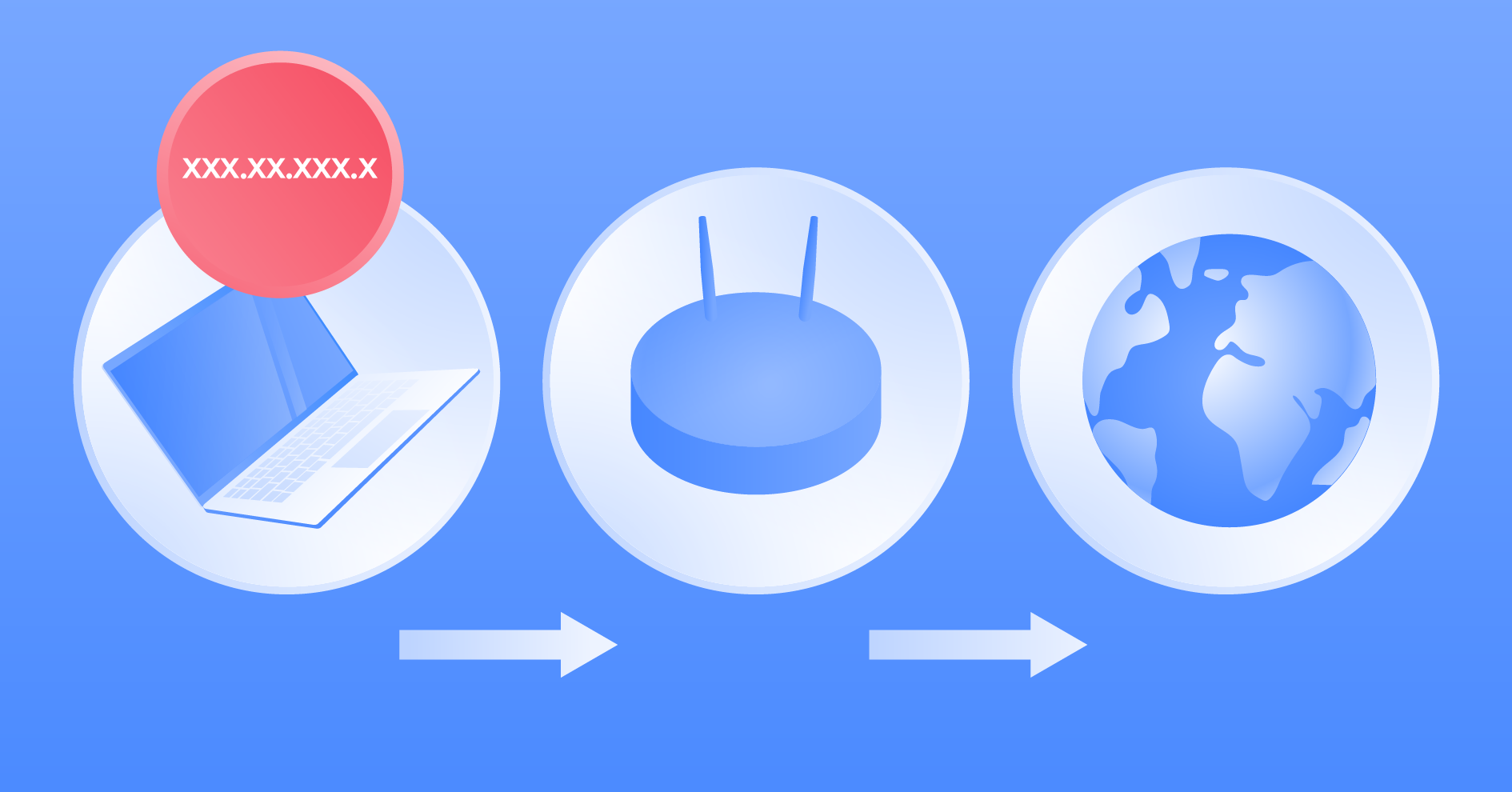Our gatekeeper for the world wide web — NAT explained
The internet is a complex place reminding us of a sophisticated highway system. But somehow, our data finds its way. Meet NAT — a tool that helps data to not get lost. Let’s see how it works and what its main purpose is.

What is NAT?
NAT (or network address translation) is the process of mapping multiple local IP addresses to a public one. It is done by modifying network address data in the IP header of packets while they travel through a routing device.
This process enables a unique IP address to represent an entire group of computers. It has become widely applied to save online address space after the exhaustion of IPv4 addresses, as a single IP address can represent a whole private network.
How does NAT work?
NAT turns your private IP address into a public one. Let’s say you search for a nearby food store on Google. The request goes from your laptop to a router and then to the web. However, the changes take place within the router. This device changes your private IP address to a public one. Then a receiver of the request identifies the public address and can send the information back to you. In that way, a connection is established.
So NAT allows a single device, such as a router, to become an agent between private and public networks. Then a device of a single network can be represented by a single IP on the World Wide Web.
In this sense, NAT recalls a receptionist who directs, blocks, and sends through calls at a large corporation. NAT operates as a filter between your networks and the outside web. It processes all the requests without revealing your private IP address.
Types of NAT
Here are a few major types of NAT:
- Static NAT. This type of NAT always uses the same public IP address. It is especially useful when your device needs to be accessible from outside networks.
- Dynamic NAT. In this case, NAT uses a different public IP address every time. It picks the address from its IP address pool.
- Overloading or PAT (port address translation). This is a form of dynamic NAT that maps multiple unregistered IP addresses to a single registered one by using different ports. This type of NAT is popular among organizations that want their employees to use a single IP address under the supervision of a network admin. It is also cost-effective because many users connect to the internet using a single IP.
- Overlapping. Overlapping NAT takes place when registered IP addresses used on your internal network are also used in more than one internal network. It is used when organizations want few networks to communicate without readdressing their devices.
Why do we use NAT?
Here are a few reasons for NAT usage:
- It helps to save up IP addresses. Without NAT, the Internet would end up without enough IP addresses, and it would be impossible for our data to navigate across the web.
- It enhances your security. NAT creates a border between internal and external networks. Basically, no one can connect to your computer unless it initiates the contact. No external agent can use your IP address to intercept your device or network.
- Easier network administration. NAT allows Web and FTP servers to be moved to other hosts and changes to be made on an internal network more easily.
Want to read more like this?
Get the latest news and tips from NordVPN
